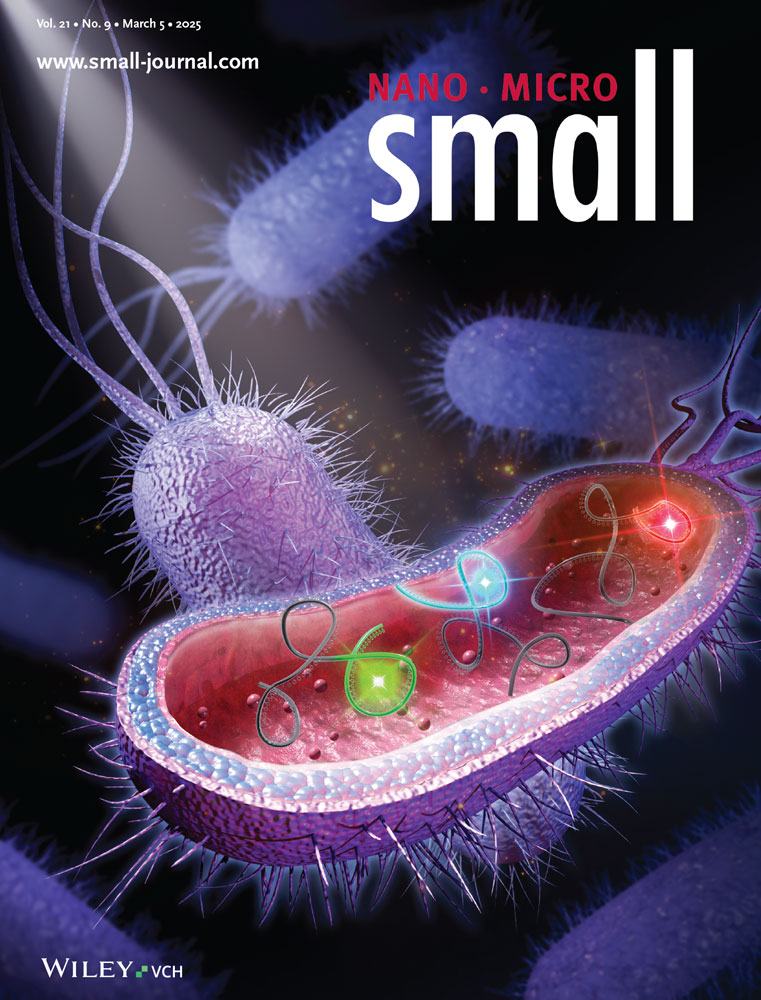Side Reaction Turned Positive: Synchronous OER Manipulating the Electrocatalytic Properties of Anodic Electrodeposited Lead Dioxide
Abstract
The preparation and modification of porous electrodes are an important component of the new generation electrochemical oxidation technology. Rapid preparation of porous electrodes can be easily achieved by synchronous oxygen bubble electrodeposition. However, according to the reaction mechanism of lead dioxide anodic electrodeposition, there is bound to be a competitive reaction of adsorbed hydroxyl radicals in the oxygen bubble template method, which means that synchronous OER impacts both the surface morphology and potentially the crystalline structure of the metal oxides. Clarifying the comprehensive influence of synchronous OER on the morphology and microstructure of the coating is important. In this work, the electrodeposition process of porous lead dioxide coating is regulated by the way of linear potential increase and realized the rapid preparation of high-performance porous lead dioxide coating within 40 s. The morphology and microstructure, electrical, and electrochemical properties are characterized, combined with theoretical calculation and orthogonal analysis, to investigate the regulatory mechanism of the rapid growth of the porous lead dioxide by the electric potential. It is demonstrated that synchronous OER confers porous morphology and a large number of defects to the coating in situ, and enhancing the electrocatalytic oxidation performance of the electrode.
Conflict of Interest
The authors declare no conflict of interest.
Open Research
Data Availability Statement
The data that support the findings of this study are available from the corresponding author upon reasonable request.




